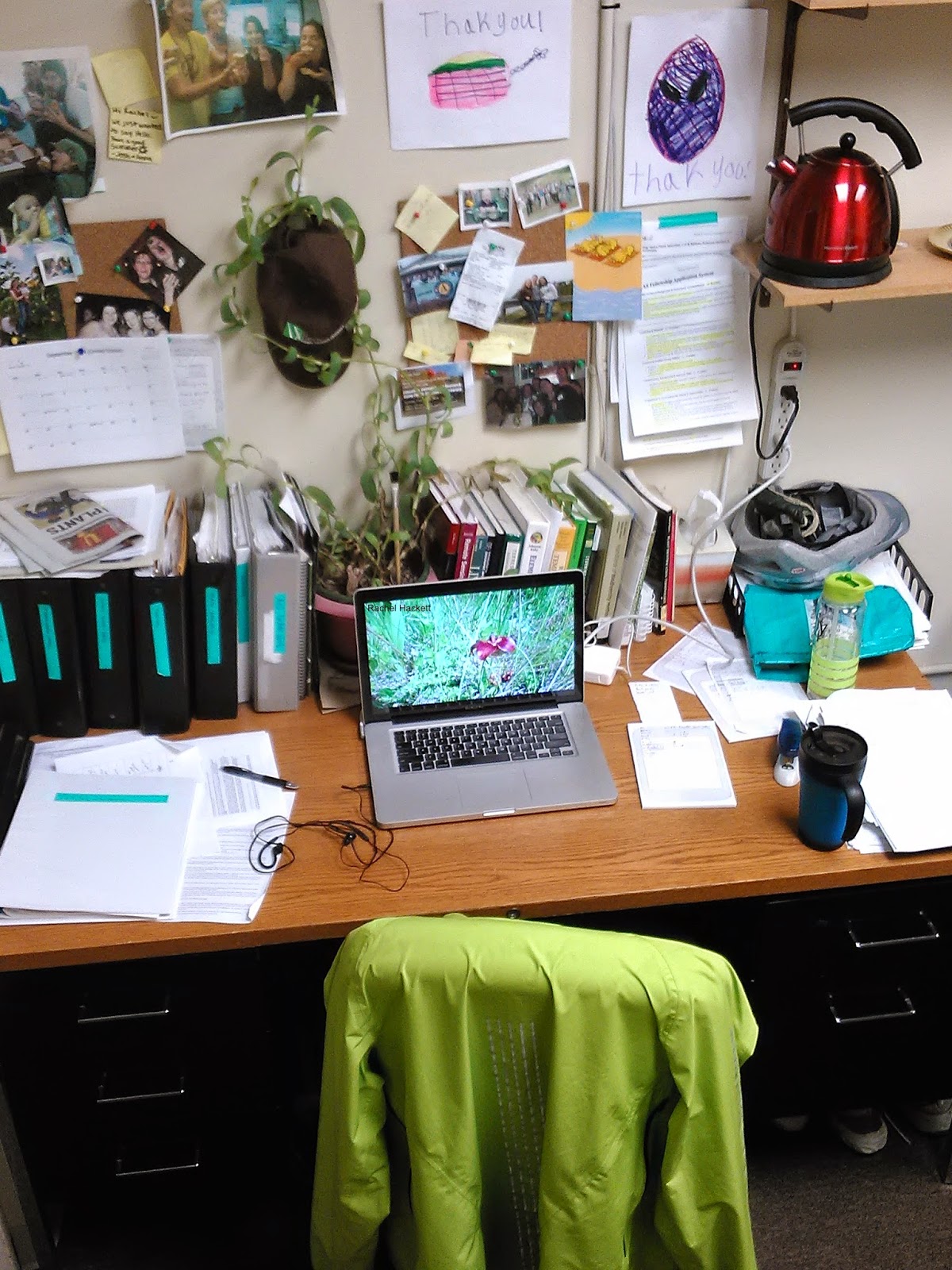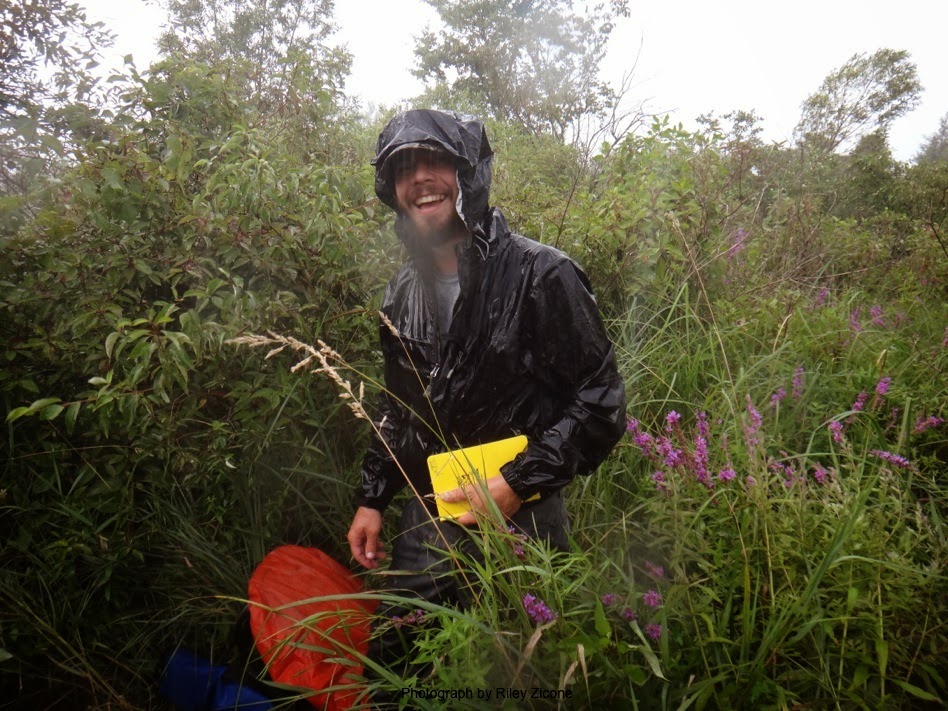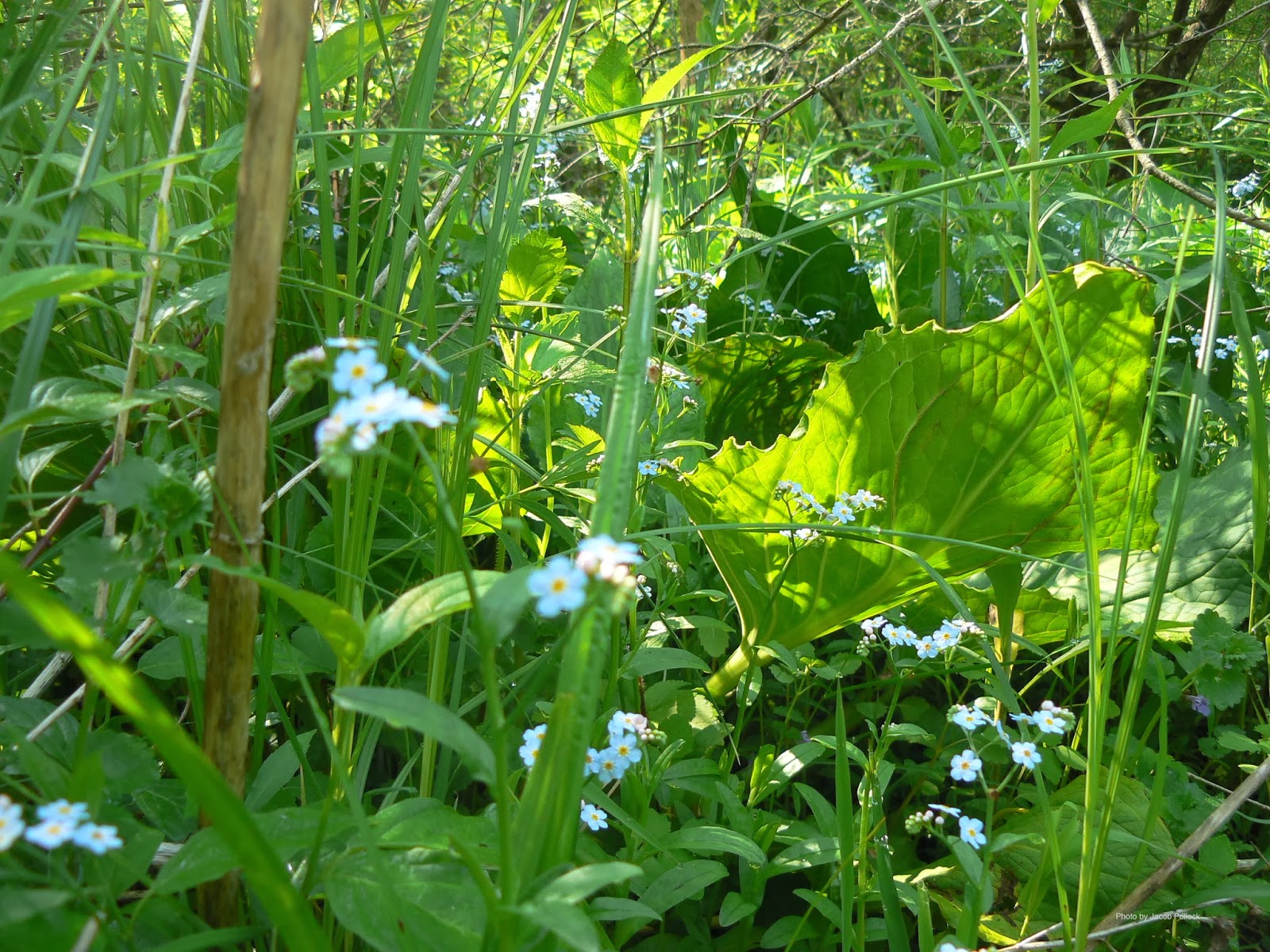Same office, new program
As of May 2014, I officially graduated with my Master of
Science in Biology from Central Michigan University:
 |
| Yea! Made it! Clip art provided by Microsoft Clip Gallery |
I laughed, I cried, I stressed, and now, September 2014, I’m
sitting at the same desk I’ve worked at for the last few years. How could this
be?
 |
| My desk in its current incarnation. I have no idea how that plant is still alive. |
In the Fall of 2013, I was presented with an amazing
opportunity: Central Michigan University was starting a new interdisciplinary
science doctoral program in the Fall of 2014: Earth and
Ecosystem Science. Under the continued advisement of Dr. Anna K Monfils, I
could expand my work in prairie fen plant diversity to answer some of the
questions I formed over the course of my Master’s degree. I had developed a
growing interest in biogeography and remote sensing, and I was eager to apply
those ideas to my research.
I was not the only one interested in the remote sensing of
prairie fens at CMU: Dr. Benjamin Heumann, a professor in the Geography
department, had been using a privately owned prairie fen as a test site for his
research into spectral variation hypothesis. On a few occasions this summer I accompanied Dr.
Heumann as a part of his flight team to gather imagery using an unmanned aerial
system (UAS) for several different projects. Central Michigan University Communications accompanied us to Wilderness State Park to gather imagery of the federally threatened pitcher’s thistle (Cirsium pitcheri).
Even Michigan
Radio was interested in the remote sensing of prairie fens and came out to
Dr. Heumann’s test site with us.
With all this publicity around the UAS, I didn’t forget my plant identification roots this summer. I managed to sneak out into the field with labmate Clint Pogue and undergrad Riley Zionce to identify plants at a Nature Conservancy owned and managed prairie fen in Jackson County. Clint and Riley are continuing the prairie fen diversity sampling in southeast Michigan and surveying for the state threatened butterfly Poweshiek Skipperling (Oarisma poweshiek). I hoped to go out with them again at the end of the season, but these boys are too efficient and hardworking; they were finished before the new semester began!
 |
 |
| Clint Pogue, biologist, graduate student, and rain enthusiast. | Riley Zionce, undergraduate biologist and wilderness explorer. |
I guess I’ll have to wait until
next summer to get my hands dirty again. Now: planning my doctorate project at
that desk….
Rachel
Rachel

















